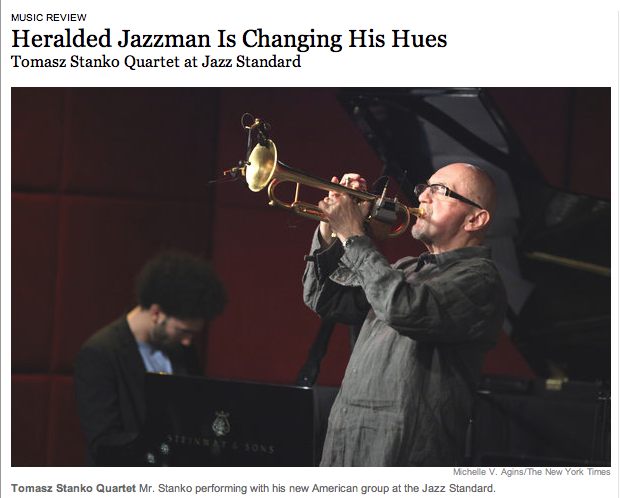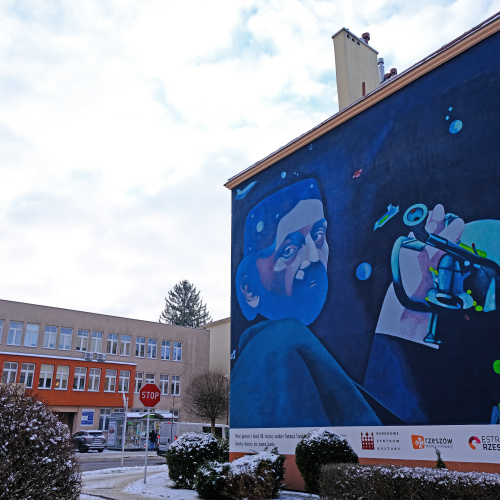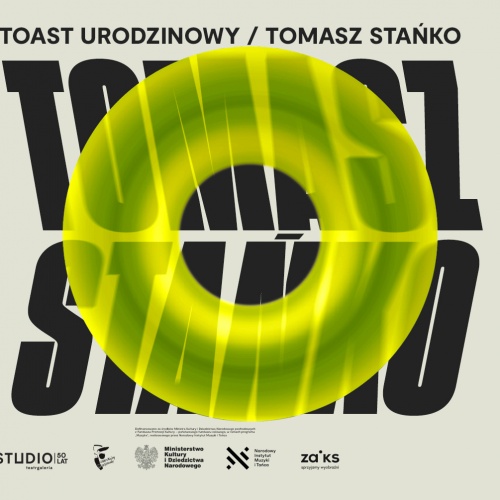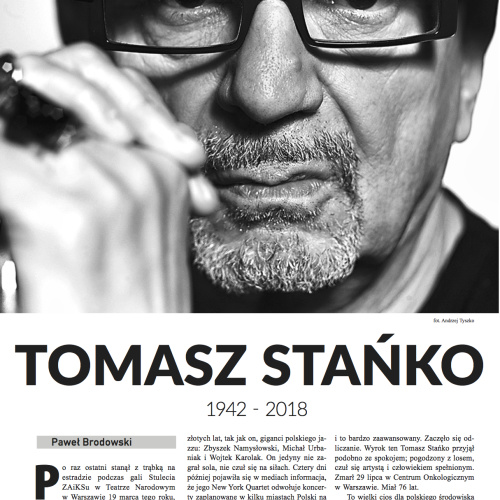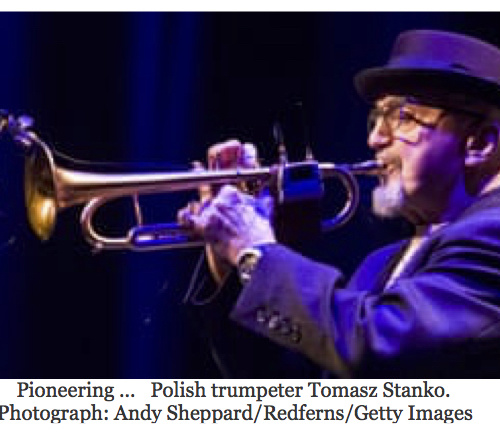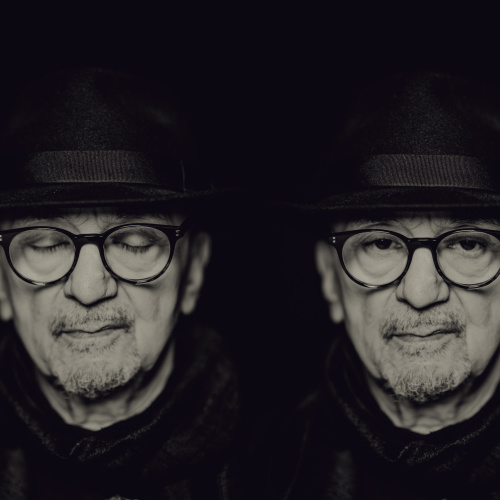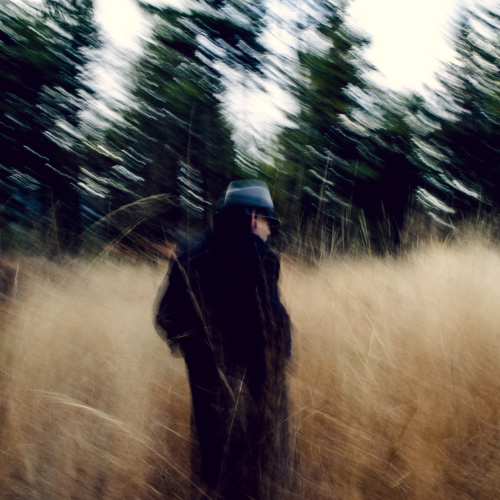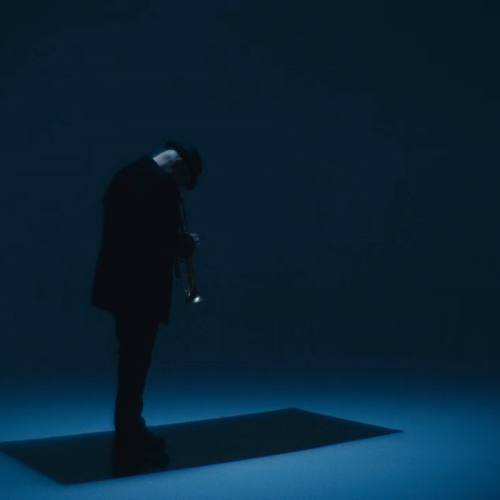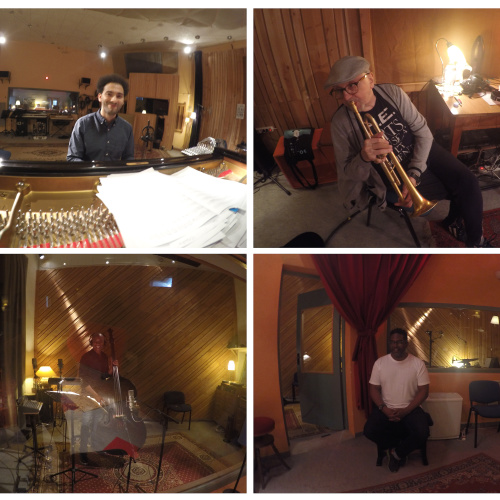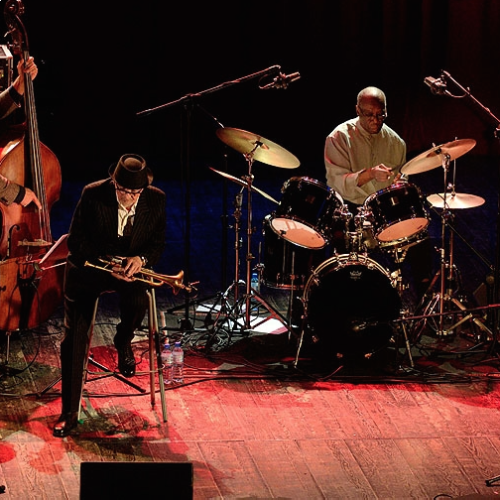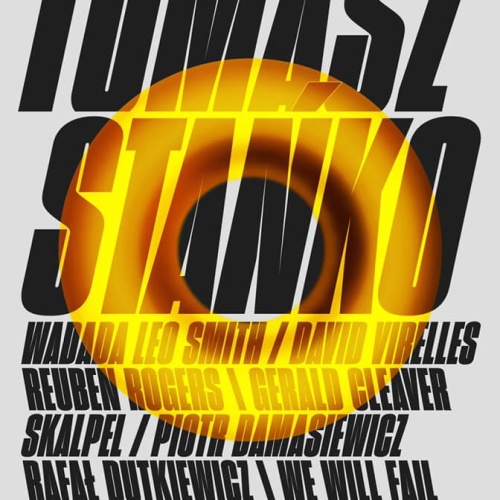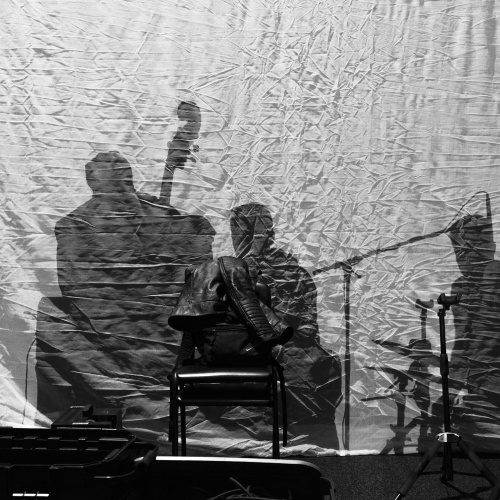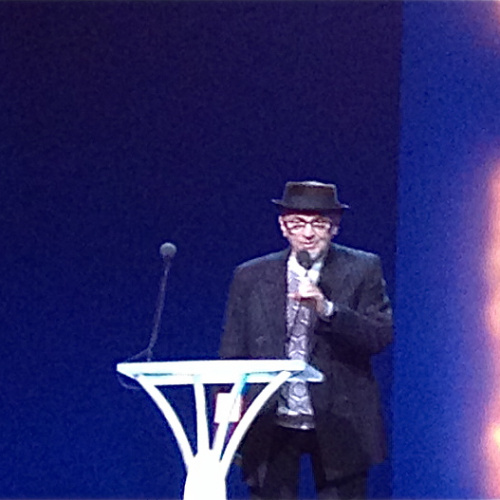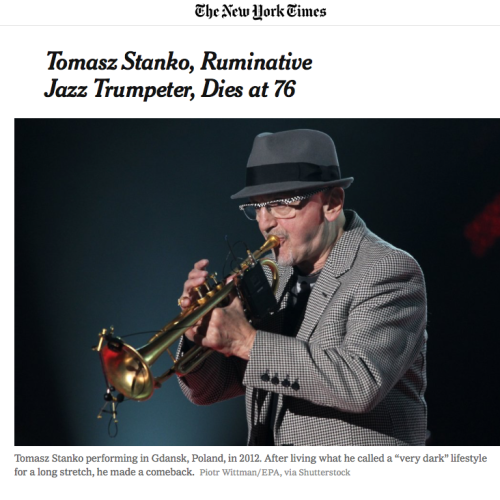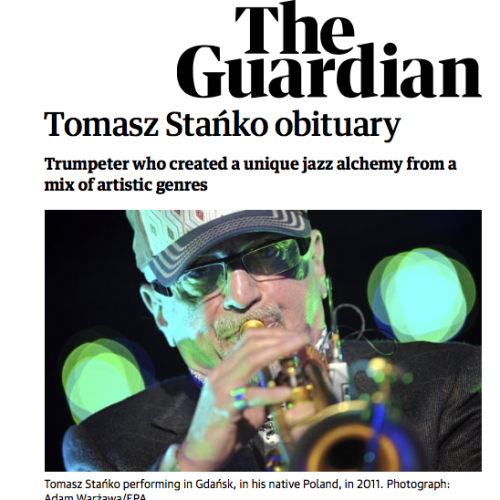Mr. Stanko, who lives mostly in Warsaw, turns 70 next month. Both as a soloist and a bandleader, he can pull off the dark emotions in his music: His trumpet tone is steady and stark, crumbled around the edges, and he makes his strong, short themes anchor the arrangements. But lately he’s been breaking up his brand a bit.
For most of the last decade he toured and recorded with bands from Poland and Scandinavia, and sometimes they seemed to be formed in his image. But four years ago he got an apartment in New York, and during the most recent of his regular New York visits, which started in 2002, he’s played with American musicians who seem to be changing the hue of the music.
A year and a half ago, at the Jazz Standard, he had a quintet with the saxophonist Chris Potter, the pianist Craig Taborn, the bassist Thomas Morgan and the drummer Jim Black. This time, back at the same club, the group is different again: a quartet with the pianist David Virelles, Mr. Morgan on bass and Gerald Cleaver on drums. They just played a short tour of Europe with a Polish bassist instead of Mr. Morgan; after they’re done here on Sunday, they’ll go into the studio to make a new album for ECM.
It’s a remarkable band. There could be some more meshing between Mr. Stanko and the rest of them — a little more hunger on his part to mix it up with them throughout the arc of a performance — but even in Thursday’s early set, the start of the four-night run, the promise was clear.
Without radically changing the character of his music — he still loves ballads, still foregrounds a lonely melody — Mr. Stanko is allowing its balances to shift. Thursday night’s music was hard to define, in an excellent way. It used steady rhythms and vamps as well as free improvisation; it was both a collection of solos and a sequence of careful chapters; it seemed to spotlight its written melodies, then go on to treat them neutrally; and Mr. Stanko occasionally interrupted his own cautious melodies with a loud, gestural flash, bright and abstract.
The band played five pieces, most of them new, several inspired by the work of the Polish poet Wislawa Szymborska, who died in February at the age of 88. The first, “Metafizyka,” sounded most like the old formula: a trumpet-led ballad with tamped-down dynamics.
But then the formula started cracking. In “Faces,” after a melody, Mr. Virelles started in on a changing series of strange chordal shapes, subdued but intense. (Of the four, Mr. Virelles might have been the most individually hard to define: sometimes a pure mode of resistance, playing dissonant blocks of sound against the rest of the band’s natural flow, and sometimes a streamlined, swinging line-player.)
In the short “Song for H,” Mr. Cleaver played an unaccompanied drum solo in the middle, subtle but highly articulated, composerly, moving toward a resolution. In “Dernier Cri,” Mr. Morgan improvised over brushed drums, with great tone and resonance to his bass notes but low volume, and an almost eerie lack of affect.
The set achieved a high order of stealth: Some extraordinary passages unfolded without any of the musicians making them feel formal or clinical, almost as if natural forces were moving the musicians’ hands. Mr. Stanko’s records have generally been more solemn than his performances, but I’d be surprised if this band turns out a solemn record.

